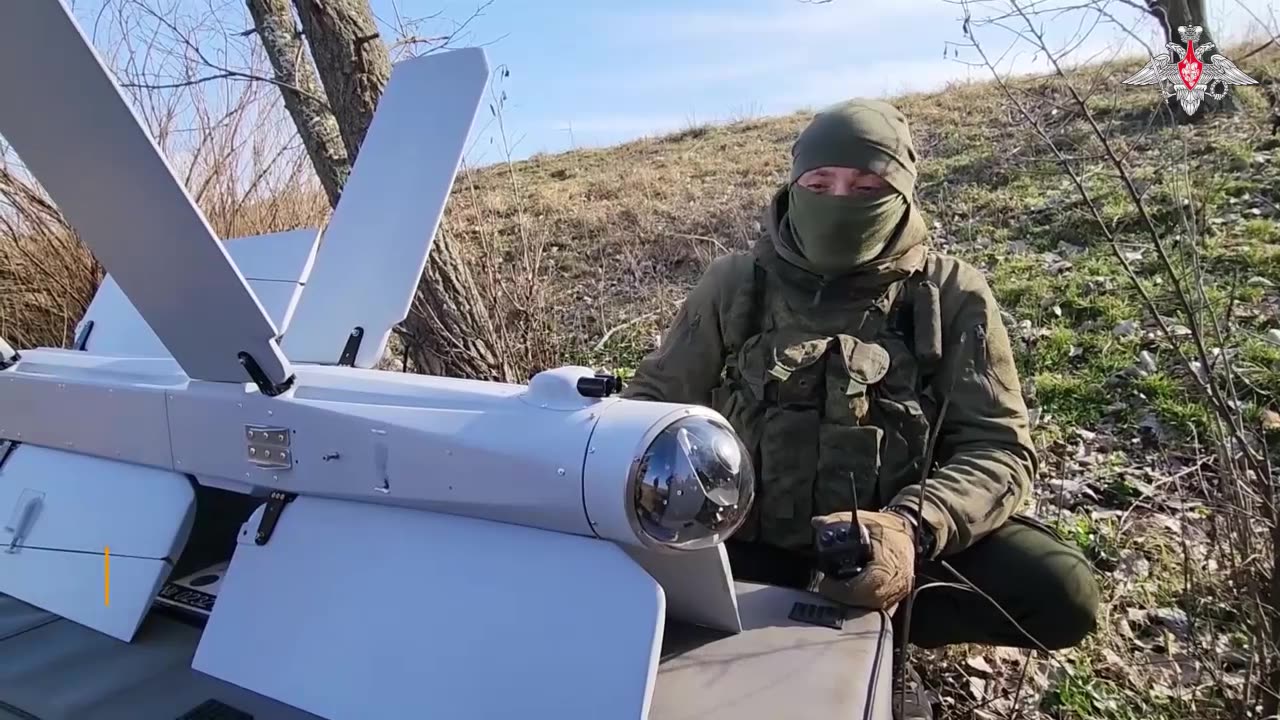Kalashnikov, the legendary Russian firearms manufacturer, has recently unveiled a revamp of its AK-12 assault rifle, incorporating modifications informed by the weapon’s use in the ongoing conflict in Ukraine. This announcement provides a significant glimpse into the evolving dynamics of Russia’s warfare strategy and how field experiences are being used to inform and adjust their military technologies.
Kalashnikov Group Chief Designer Sergey Urzhumtsev disclosed that the revisions were prompted by “experience of the gun’s use in the special operation,” a rather opaque reference to Russia’s invasion of Ukraine. This admission underscores an important facet of modern warfare: the battlefield itself is a laboratory where weapons are tested, their performance assessed, and their designs tweaked in real-time based on frontline experiences.
The upgraded AK-12 shows a strategic shift in design philosophy. The rifle’s two-round burst mode was removed, with TASS reporting that it didn’t significantly enhance the weapon’s efficiency and complicated its layout. This modification signifies a move towards streamlined weapon design aimed at enhancing reliability and ease of operation.
Further upgrades aim at maximizing customization, reflecting the current trend in personal infantry weapons. The AK-12 now features several mounting platforms for the installation of additional gear, such as sights, a front handle, a flashlight, a laser designator, and devices for noiseless and flameless fire. These add-ons underline the increasing role of technology in modern warfare, allowing soldiers to adapt their weapons to specific missions or personal preferences.
The 5.45 mm AK-12 is, as the Kalashnikov website states, “the standard service assault rifle of the Russian infantry and other units,” demonstrating the key role this weapon plays in the Russian military apparatus. The reequipping of the Russian military with AK-12 rifles since 2018 highlights the nation’s commitment to maintaining a modern, efficient fighting force.
However, the evolution of the AK-12 isn’t the only notable development from the Kalashnikov Group. On the same day as the AK-12 announcement, the company revealed the launch of a new drone-producing unit, signaling a diversification in its production capabilities.
The creation of a division dedicated to unmanned aerial vehicles (UAVs) indicates an acknowledgement of the increasingly crucial role that drones are playing in global military strategy. Alan Lushnikov, Kalashnikov Group President, explained that the new unit would handle ground-based drone launch and control capabilities, essentially covering all that is necessary for the effective operation of UAVs.
This move appears to position Kalashnikov at the forefront of tactical drone production, a burgeoning sector with significant potential for future growth given the increasing reliance on unmanned technologies in contemporary military operations.
In conclusion, these latest developments from Kalashnikov – the upgrade to the AK-12 rifle and the establishment of a drone division – offer a window into the evolving nature of military strategy in the 21st century. As warfare becomes more technologically driven, adaptability and continuous learning remain crucial for military superiority. The ability to evaluate battlefield experiences and integrate those learnings into equipment design and strategy will undoubtedly continue to shape the future of global military operations.

